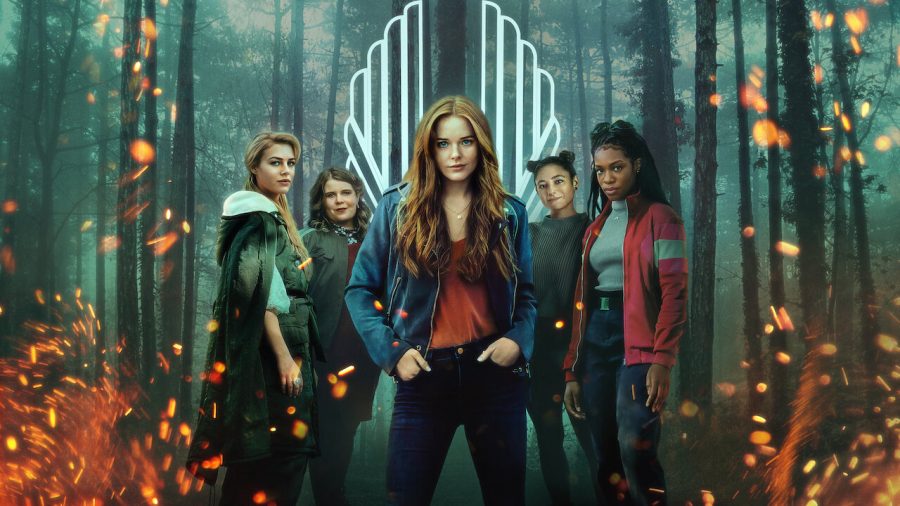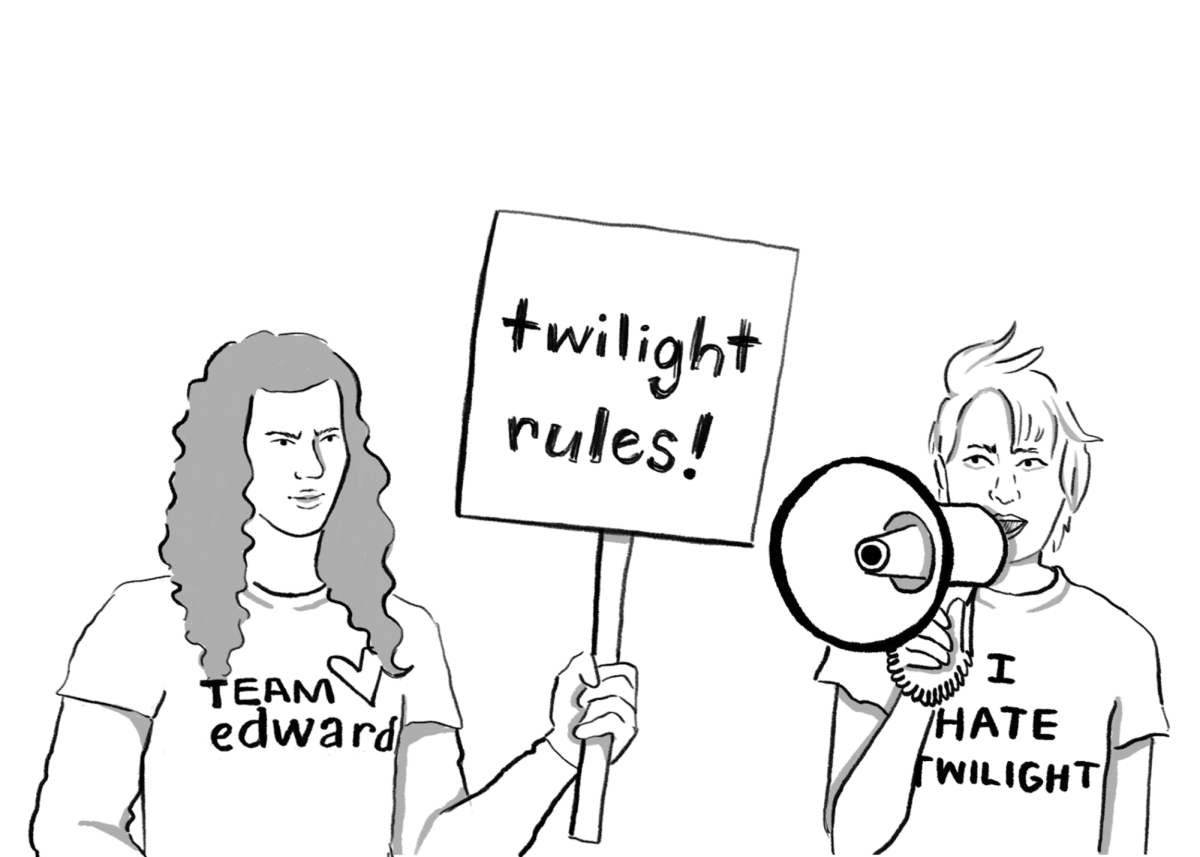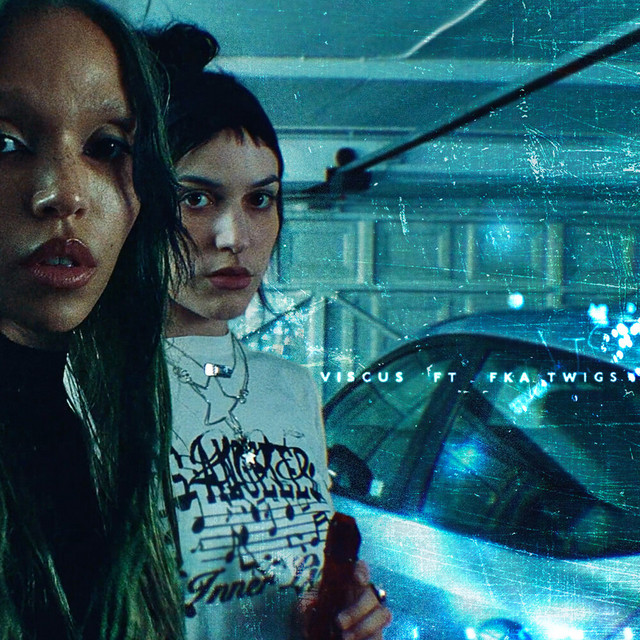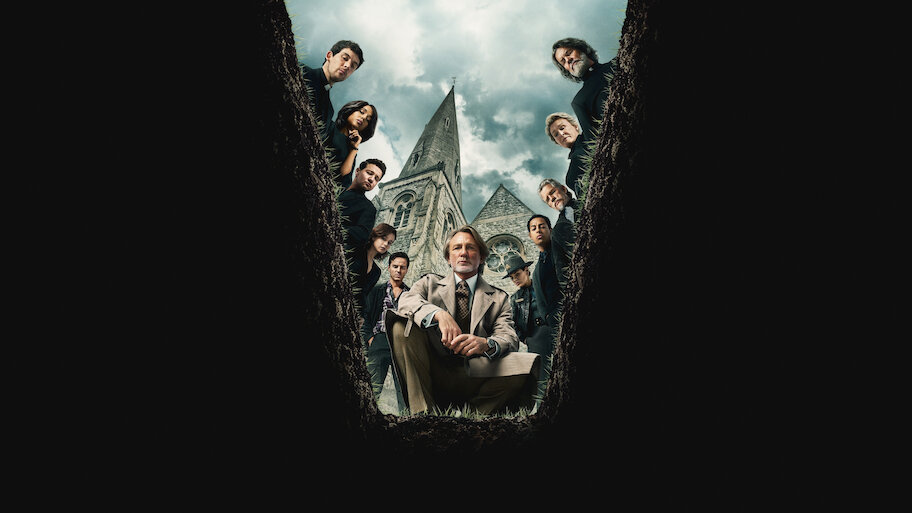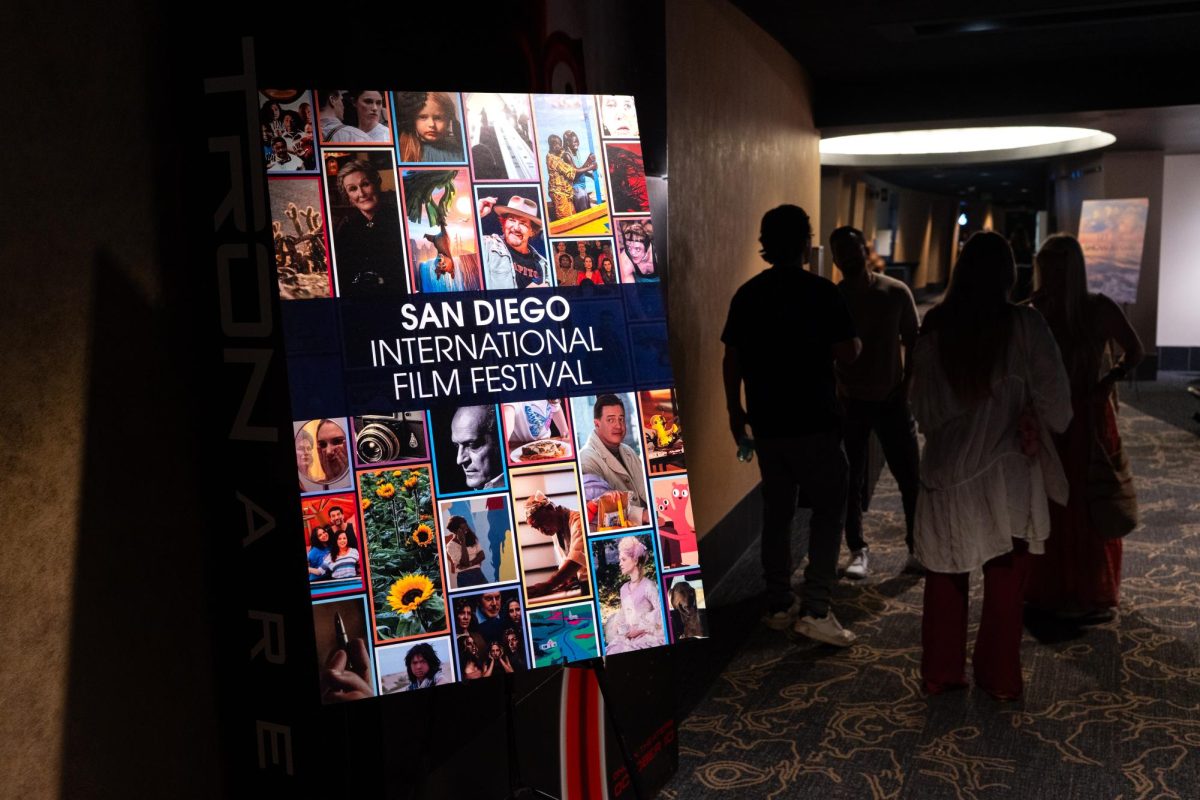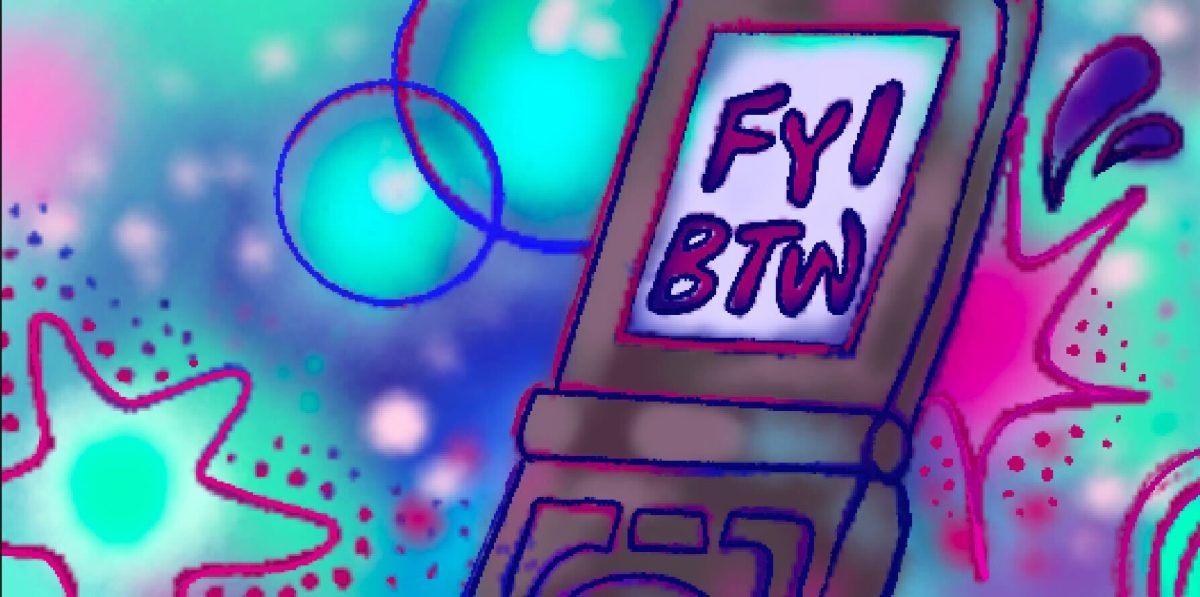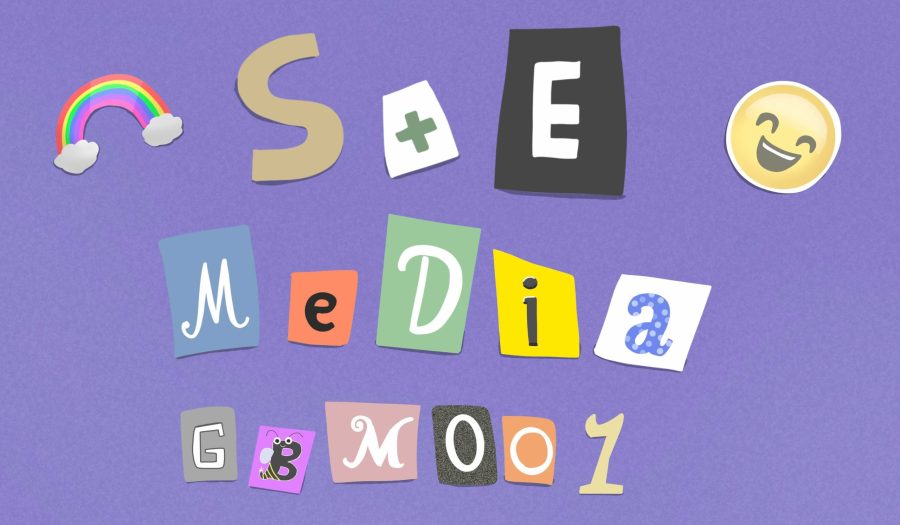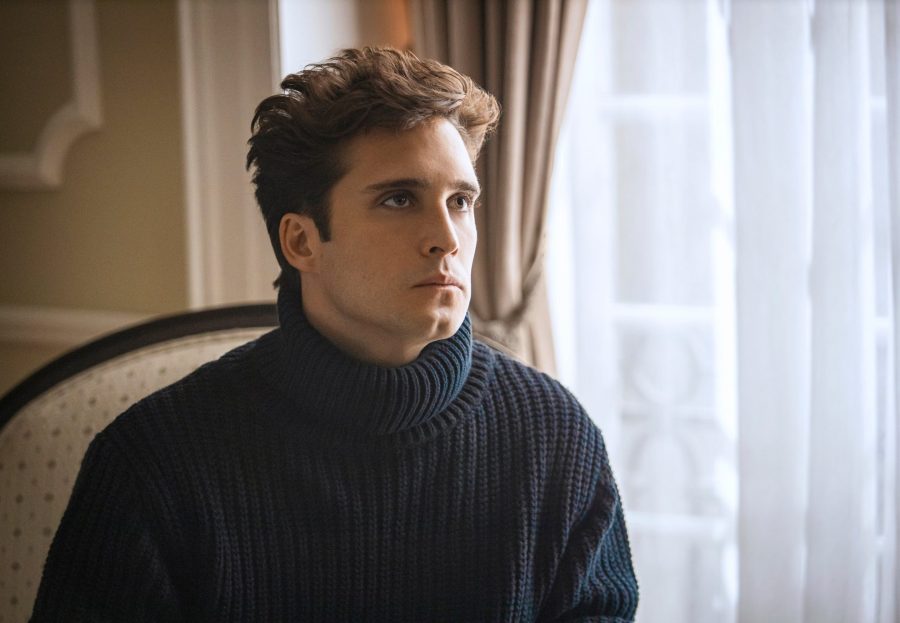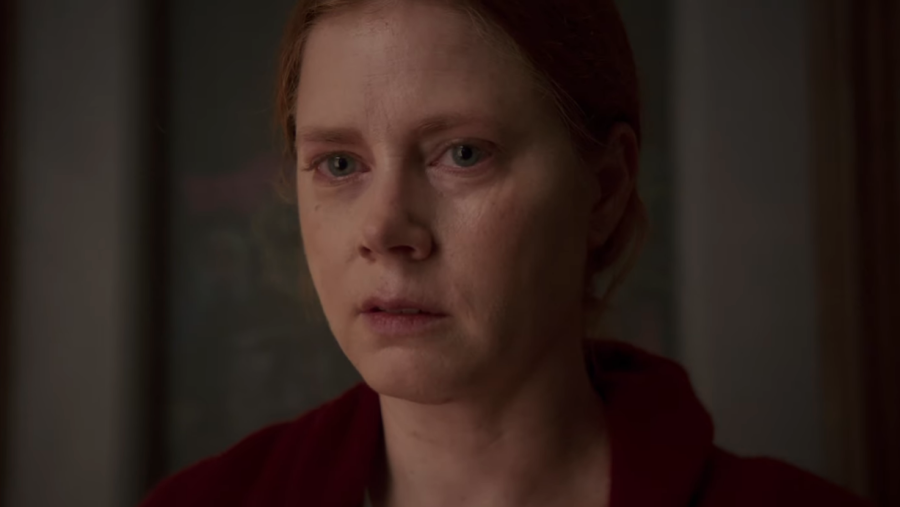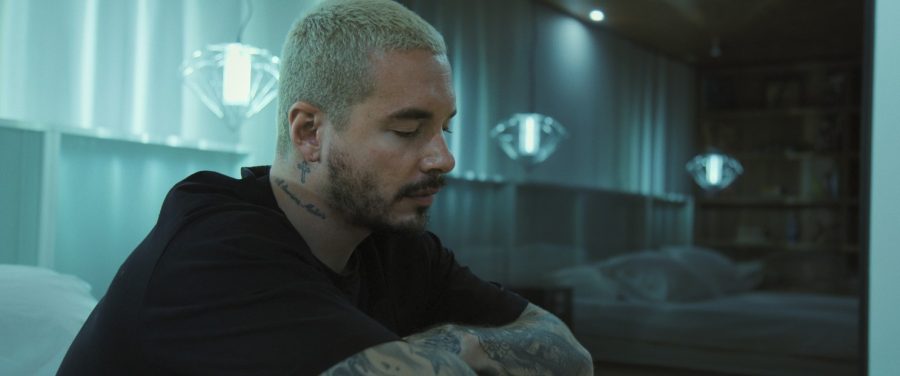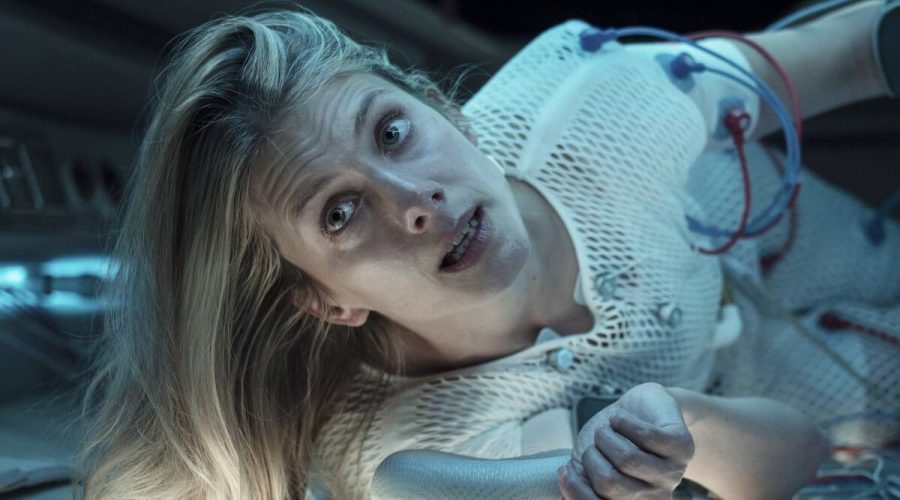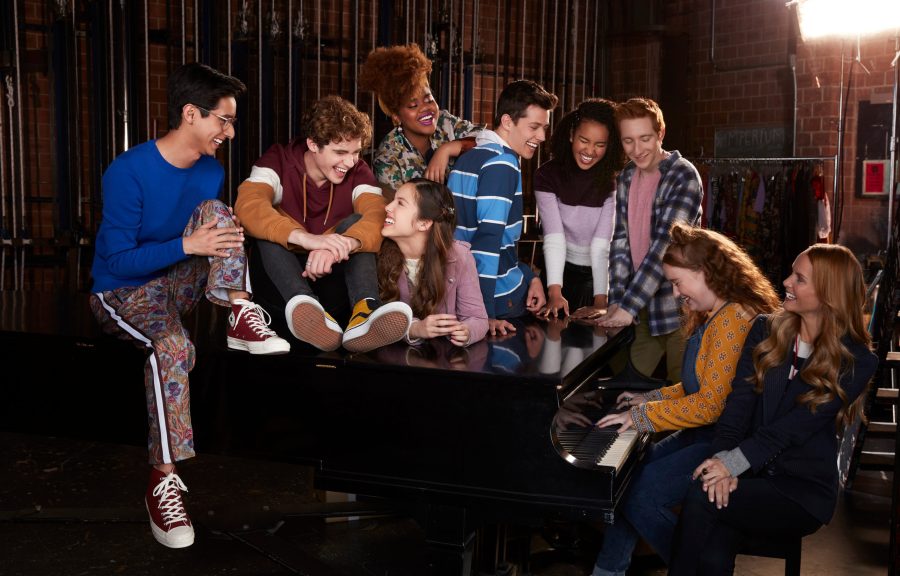“Fate: The Winx Saga,” the anticipated, aged-up adaptation of a beloved children’s cartoon, half-heartedly executes what at first seemed like a promising idea.
It’s intriguing to see the G and PG-rated characters you knew as a child evolve into versions appropriate for TV-14 and TV-MA audiences. The characters become familiar enough to hook your attention while remaining mysterious enough to keep it — perhaps this explains the growing trend of adapting children’s shows for mature audiences. It is this idea that serves as the bedrock of the highly-controversial show “Riverdale” and the much-loved series “Chilling Adventures of Sabrina,” both of which are often talked about albeit for largely different reasons: one is infamous for its gross sensationalism while the other is famous for its addictive weirdness, wit, and dark, fantastical world-building. Accordingly, it was evident from its trailer that “Fate: The Winx Saga,” a mature Netflix adaptation of a children’s cartoon featuring elementally and racially diverse fairies, had the potential for the same greatness and obsession, whether that be through adopting some of the ridiculous shock value that keeps “Riverdale” relevant, or mirroring “CAOS” with a delicious diegesis of its own. Disappointingly, it does neither very well. And while the show does have its share of enjoyable scenes, the overall quality of the series fluctuates so much — even within episodes — to the point where its shortcomings become too obvious to excuse.
For one, the show has an overall feeling of “unfinishedness” that could have been alleviated by the show’s creators spending more time to achieve a binge-worthy final product. There’s a mix of some great and not-so-great scenes within the series that interrupt the viewer’s ability to feel truly invested in an episode. For example, the opening scenes of the first episode features music that abruptly fades out within seconds for a somewhat clunky flirtation between Bloom (Abigail Cowen), the new fire-fairy at magical boarding school Alfea, and Sky (Danny Griffin), a specialist (a non-magical knight of sorts) and Bloom’s obvious love interest. In addition to the music’s jarring editing, the dialogue feels blandly narrative — a classic example of telling instead of showing as Bloom’s unsolicited spilling of her guts to a stranger feels more like it was for the audience’s benefit rather than to establish rapport with Sky. It is these first few scenes of the show that sets the tone for the series. Although the scene quality and dialogue seem to improve at certain points, it tends to be temporary, further highlighting the unrealized potential of the more disappointing aspects of the show.
For the most part, the show’s special effects create an addictive portrayal of magic. The show does well with its horror-esque elements as seen by its depiction of the “Burned Ones,” invincible, humanoid zombies that portray the season’s villains. The scenes involving these creatures create chilling moments of suspense that feel more like the quality viewers anticipated upon release of the show’s trailer. Moreover, the special effects showing Terra (Eliot Salt) the earth fairy animating vines to strangle bullies or coaxing flowers to blossom, Aisha (Precious Mustapha) water-bending torrential currents, and Bloom setting herself and a forest on fire, evoke the same feelings of awe and wonder that the magic of both “CAOS” and “Harry Potter” did for its fans.
Unfortunately, even the quality of these special effects are inconsistent — Bloom’s “transformation scene” against a glittery, midnight blue, green screen effect in the season finale feels out of place compared to the other more commonplace depictions of magic in the series. Furthermore, the show misses an opportunity to capitalize on the fun of learning magic in a school devoted to teaching it by failing to properly integrate Bloom’s improvement as a fairy into the plot. To explain, she professes to have trouble accessing her magic in the beginning of the series, envious of Aisha’s masterful control, which seems to set up a promising character arc for viewers. However, the show fails to take advantage of this set-up, opting instead for a storyline in which Bloom spontaneously displays an uncharacteristic control and mastery of her powers while Aisha is unable to control a single drop of water. This is one of the most confusing aspects of the show as Aisha was previously shown to impressively extinguish Bloom’s uncontrolled forest fire with a flood. As this isn’t the only plot point that feels hastily brushed over, the show often feels poorly paced.
It should also be noted that “Fate: The Winx Saga” has been highly criticized for white-washing its cast — the original cartoon was ahead of its time for featuring white fairies alongside fairies of color, including a Latina fairy, East Asian fairy, and Black fairy. However, nearly all the characters on “Fate: The Winx Saga” are white or white-passing. If considered as a stand-alone show, this might be a bit more excusable, but the show exists within a greater context, having derived itself from a popular cartoon, which makes this facet all the more difficult to overlook.
Overall, as a series of magic, friendship, and romance, “Fate: The Winx Saga” is appealing for its novel reinvention of once-familiar characters, and is weakened by its pacing and stilted character development. It’s difficult to get a sense of how this show will evolve or improve as it feels so incomplete, but perhaps the possible renewal for a second season, an increased budget, and more time will improve upon the first season and give viewers more of what they were looking for. After all, the elements of what could be a fascinating story do exist, albeit in tiny seeds of potential. Perhaps they just need some time to bloom.
Grade: C+
Created by: Brian Young
Starring: Abigail Cowen, Precious Mustapha, Elisha Applebaum, Eliot Salt, Hannah van der Westhuysen, Danny Griffin, Freddie Thorp, Jacob Dudman, Theo Graham, Sadie Soverall
Release date: January 22, 2021
Rated: TV-MA
Image courtesy of Netflix.com.


